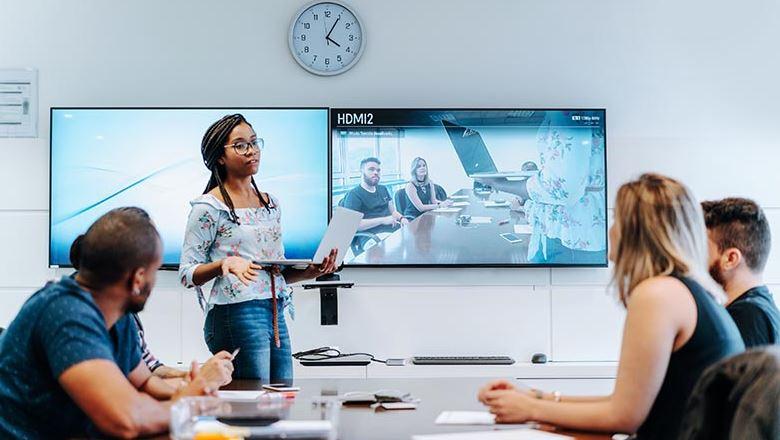Michael E. Heintz
Michael E. Heintz is director of advocacy and training at the Society for Neuroscience in Washington, DC.

As the country begins different phases of reopening, advocacy will no longer be fully virtual. It will segue into something the includes elements of both in-person and digital advocacy. Here's how associations can get ready for the months ahead.
As recently as March, government relations and grassroots advocacy efforts were conducted “business as usual.” In fact, my organization, the Society for Neuroscience, successfully held our fly-in day on March 5. While we lost some individuals to personal safety concerns, the event happened mostly as it always does. By that next week, the U.S. Capitol Hill Complex was closed to visitors, stay-at-home orders were issued, and offices were abandoned. Some people went home on Friday, March 13, thinking their own lobby day was the following week, only to learn that even if people traveled to Washington, DC, the House and Senate were shuttered.
The pandemic has significantly affected how organizations connect with policymakers to advance an issue. Dan Smith, founder and CEO of AdvocacySmiths, tells his clients that policymakers and staff are “inordinately focused” on the pandemic, resulting in difficulties breaking through with other messages. Although many organizations had some form of digital advocacy, it was a patchwork quilt of tools and usage.
However, it’s important to remember that the current moment in time—fully digital advocacy—will not be where advocacy moves post-COVID. We are merely in between past practices and future standards.
What will ultimately result is a hybrid approach between in-person and digital advocacy. Smith acknowledged that in-person advocacy is “fundamental,” but digital tools can show policymakers that many more people across the state or district care about an issue. While digital advocacy is substantive, advocacy, at its core, is about relationship building, and that is best accomplished through in-person efforts.
Organizations need to start thinking about what their advocacy programs will look like in six to 12 months, so they are prepared to act when the environment allows. There is no one-size-fits all approach, but rather a menu of options that advocates, government relations professionals, and organizations can consider. Prioritization will be necessary. Your organization should consider the following questions about your advocacy work:
It would be a mistake to abandon what we learned these past months. Instead, we must think about how to integrate the best parts of both in-person and digital advocacy into a single, comprehensive, 12-month strategy. Some believe that in-person advocacy—fly-in days, in particular—were broken. In many ways, I agree: They are time- and resource-intensive for delivering messages. However, as Allen Segal, director, public policy and advocacy, at the American Society of Microbiology noted: “This may be our time to fix them.” He is looking at how to deliver messages, how best to leverage advocates, and the most effective role for professional advocates and lay constituents.
It would be a mistake to abandon what we learned these past months.
This process cannot wait for offices to reopen, subways to run at full strength, and flights to rebound. Future planning starts now, as 2021 will be upon us soon. The most effective advocates will be those prepared for when the doors reopen.
Government relations professionals are skilled at thinking ahead. These long-term planning skills are applicable to post-pandemic strategy setting. In-person advocacy will return, but not the way it previously existed. We have a set of tools and tactics, borne out of necessity, that should not be abandoned in a reopened environment. Now is the time to refine the use of digital tools and tactics, but with one eye toward how these will integrate into the overall strategy in the next “new normal. Organizations and professional advocates will have to determine what works for them, their mission, and their issues. Change is coming, again.